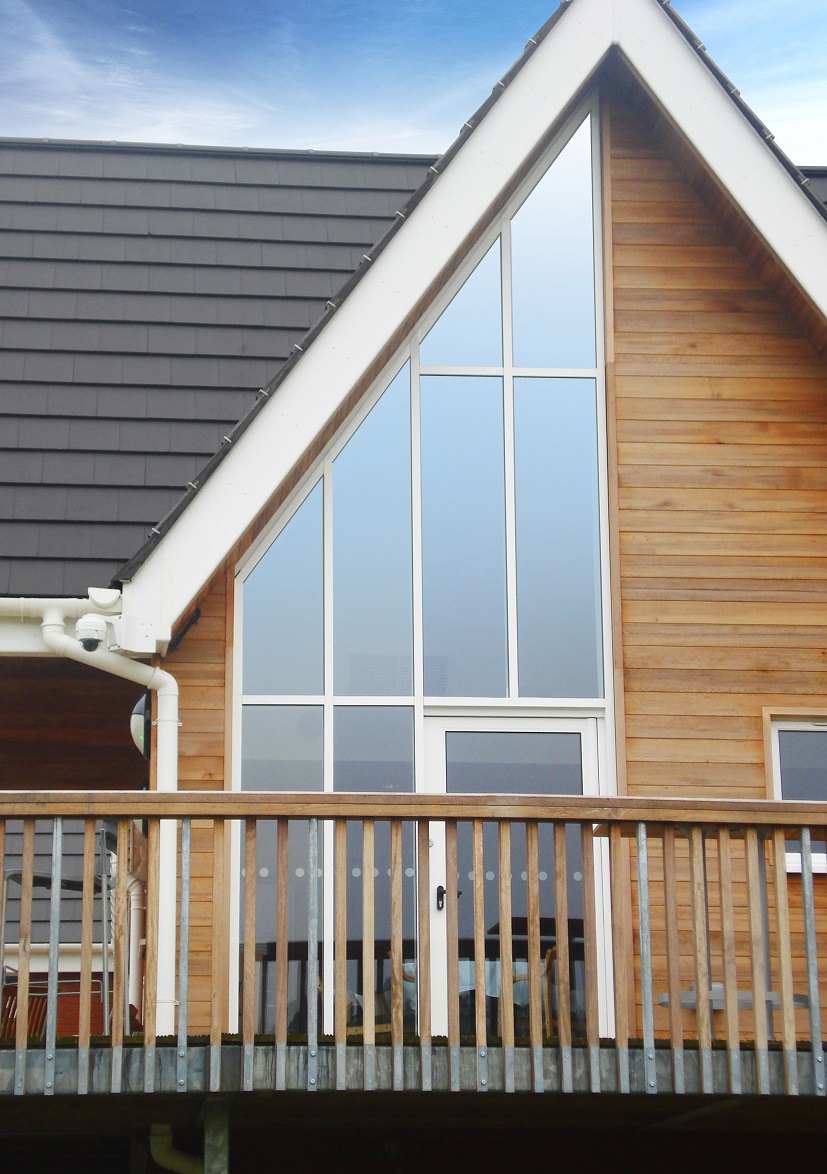5,200 Double Glazing Leads Up For Grabs
Despite a slowdown in the market, a provider of sales leads to installers operating in the home improvement sector claims it is generating 13,000 raw...
Read Full Article
Rising energy bills and a growing awareness of the need to cut the UK’s carbon emissions has prompted the construction industry to focus once more on finding energy efficient, sustainable building solutions for domestic and commercial structures, writes Kestrel’s Andrew Cross.
We are now some time on from the government’s updated ‘Approved Document L – Conservation of Fuel and Power’, which came into force in June 2022. The new legislation took the UK a step closer to achieving net zero, by reducing carbon emissions from new homes and other buildings by around 30%.
Energy priority
Approved document L introduced maximum U-values (in W/(m2K)) for windows, doors and rooflights in both new and existing dwellings, to reduce a building’s heat losses and improve its energy efficiency. We expect a further tightening of Building Regulations in 2025, yet the changes already implemented – and the spike in energy bills – has made installers, contractors and homeowners all-too aware of the need to prioritise energy efficiency wherever possible.
The efficiency benefits of aluminium
So, are aluminium window and door systems efficient and sustainable? The simple answer is yes. Manufacturing processes have come a long way since the inefficient windows many of us remember from the 1970s. Today, modern aluminium frames are high quality and incredibly sustainable. These can help to build a strong, low-carbon fenestration industry and give customers the warm, insulated and efficient homes they’re looking for, by replacing old single-glazed or original double-glazed windows and doors with newer versions.
Modern aluminium systems have many energy efficiency benefits. Not only are they manufactured with thermal break technology to prevent the expansion and contraction of window seals causing issues that were once prevalent in early double-glazing products, they also benefit from the inherent strength of aluminium as a material.
Slim but strong
Aluminium is incredibly strong, as well as being lightweight and extremely malleable. This high strength-to-weight ratio means the frames can be very slim, making it possible to design large aluminium folding doors with very narrow frames. Not only does this maximise the light and view that comes in through the window or door, it also improves the security of the finished product, as it is resistant to damage or ingress. It’s low maintenance properties also reduce the ongoing care required once the system is in-situ, reducing lifecycle costs and saving homeowners and facilities managers both time and money.
Endlessly recyclable
Another inherent benefit of aluminium is that it is endlessly recyclable and so can be reused and remanufactured into other products once the aluminium window reaches the end of its working life. Not that this would be any time soon, since today’s aluminium frames have a lifespan of more than 30 years.
For environmentally conscious homeowners and fabricators, choosing a recyclable material such as aluminium for their fenestration systems means making the sustainable choice. Using recycled aluminium to transform older products into newer ones uses 95% less energy than producing new aluminium from raw materials and because aluminium is 100% recyclable with no wastage, it can be reused again and again with no loss of quality.
In fact, recycling one tonne of aluminium saves around 9 tonnes of CO2 emissions – equal to the emissions produced by driving more than 31,500 miles by car – giving it very strong carbon-saving credentials and helping the construction industry play its part in lowering UK carbon emissions.
A study for Delft University in the Netherlands found that end-of-life collection rates for aluminium in the building sector are between 92% and 98%, which shows that the construction sector is already embracing aluminium’s recyclable credentials. Plus, more advanced recycling methods are still being researched and developed, so that even complex products such as hinges and handles are now able to be recycled.
Commercial
For any installers and fabricators working on commercial projects, where tenders and project briefs are more likely to specify sustainable products and require certain levels of environmental awareness from contractors, aluminium windows can really help fenestration companies secure work, especially as they already receive some of the highest green guide ratings from BRE.
Picture: Kestrel’s aluminium systems can be specified to fit any type of building.
Article written by Cathryn Ellis
11th April 2023